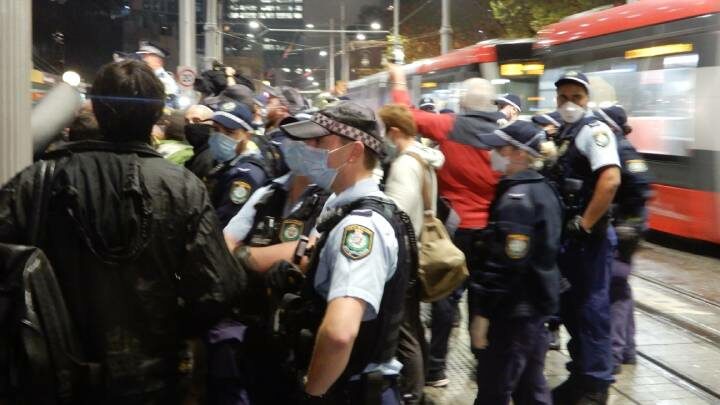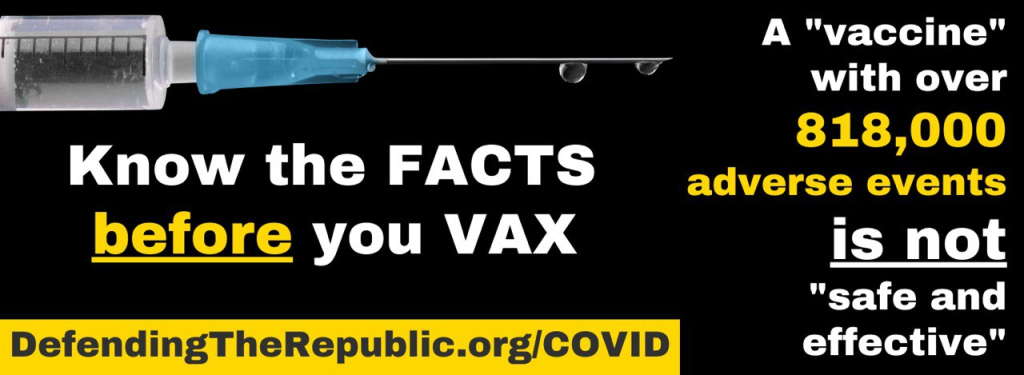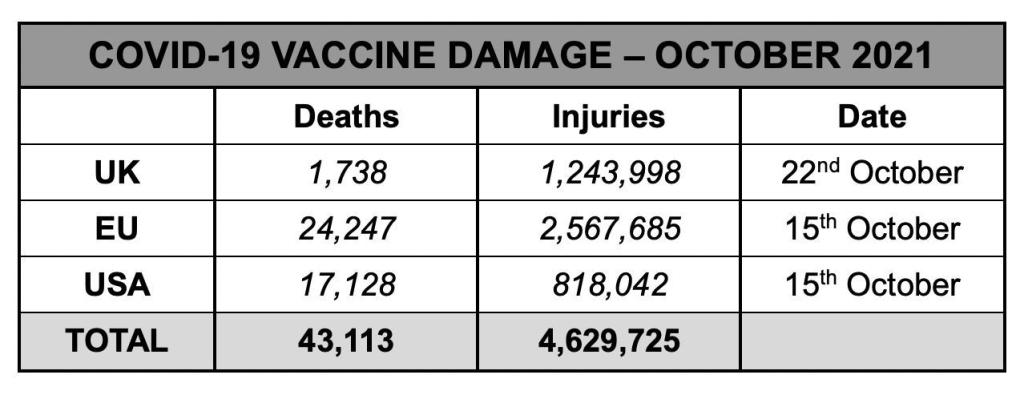23/10/2021 BY PAUL GREGOIRE

To say COVID policing has been overbearing is an understatement.
The reliance upon the police to enforce pandemic restrictions on public movement and assembly in such a draconian manner, only added credence to the claims that lockdowns were a means to control the public, rather than curb a deadly virus.
In Sydney, the ever-changing health restrictions, the disparities in the approaches taken to the wealthy east of the city and the less affluent west, as well as the NSW police commissioner having provided impunity to officers that made mistakes in enforcing the rules, all led to rising tensions.
Down in Melbourne, the demonstrations against lockdown measures were formidable, and so too was the approach taken by Victoria police, which saw non-lethal weapons discharged upon public demonstrators in a manner not seen before.
The heightened police measures taken of late are not entirely new. This is evidenced by the dramatic shutdown of the Sydney CBD for the 2007 APEC forum, while First Nations people can well attest to a disproportionate number of police being deployed to their demonstrations going way back.
But what has been unique to the policing of the COVID era is the prolonged concentration of the most extreme forms of law enforcement being exercised.
And as the lockdowns now lift, a number of rights organisations have released their assessments of this year’s COVID policing.
Patrolling Sydney’s lockdown
“The confusing nature of the orders and the impunity given to NSW police in relation to incorrect issuing of fines early in the lockdown were key contributors to this haphazard and overly punitive approach,” reads Amnesty International’s The Policing of the 2021 NSW Lockdown report.
In its assessment of this year’s COVID policing in NSW, the human rights organisation drew on multiple reports that were submitted to the COVID Policing site, which was set up last year by Victorian rights groups.
The report points to numerous occasions where NSW police officers were found to be issuing fines in circumstances where they weren’t warranted, such as penalising people for taking permitted outdoor recreation.
And this reveals that, just like the public, officers often weren’t abreast of all the rules.
The issuing of the steep public health fines was shown to have impacted the mental wellbeing of citizens at a time of increased socioeconomic disadvantage, and when searching and confiscating items from care packages for those in hard lockdown officers were exercising non-existent powers.
“Public health responses should be led by community and health organisations, not by police,” Amnesty asserts, adding that human rights standards require crisis measures to be exercised proportionately in pursuit of public health, and only when it’s necessary to protect it.
Enforcement in Melbourne
Melbourne Activist Legal Support (MALS) has just released its Policing of the Anti-Lockdown Protests report, which has a particular focus on the demonstrations that occurred in late September and developed into those involving a number of construction workers.
“MALS does not support or advocate for the anti-lockdown movement,” the legal observer group prefaces its analysis. And it asserts that the police violence and brutality aimed at protesters only served to “reinforce the movement’s own narrative of perceived ‘tyranny’ and ‘oppression’.”
According to MALS, early lockdown protests in Sydney and Melbourne saw an escalation in police responses in terms of “the use of horses, batons, OC spray and the use of projectile weapons”, but the Melbourne demonstrations commencing on 18 September marked “another turning point”.
The anti-lockdown protests after the 18th saw Victoria police deploying its Public Order Response Team and the Critical Incident Response Team with their accompanying use of non-lethal projectile weapons and teargas as its frontline response to demonstrations.
MALS notes the use of strong capsicum spray, semi-automatic rifles and 12 gauge shotguns firing hard projectiles, stinger grenades that release rubber pellets, and stun grenades.
And all of these, the legal observers make certain, were used “unnecessarily, inappropriately, dangerously and in ways that infringe upon human rights.”
The legal support group concedes that the escalation in the police response was due to the behaviour of some protesters, which resulted in police injuries, however what transpired from there were “incidents of excessive force and inappropriate use of projectile weapons”.
This heightened response involved “the extremely high-risk of serious injury, maiming or death as a result”, MALS explained. And the group further recommends that Victoria police should immediately limit and roll back this type of “deployment as a frontline or first response to protest activity”.
Pre-existing prejudice
The academic paper Biosecurity Policing outlines that over the three months to 15 June 2020, 45 percent of all civilians stopped by NSW police over a suspected COVID incident were subsequently searched, whereas only 15 percent of these people were issued with a COVID breach fine.
Report co-author UNSW Faculty of Law senior lecturer Dr Vicki Sentas told Sydney Criminal Lawyers back in August that the statistics show that policing during the pandemic has resulted in intensifying the prejudicial targeting of the usual suspects, which is based on race, class and gender.
While NUAA chief executive Dr Mary Ellen Harrod explained last week that her organisation has heard multiple reports this year that imply NSW police officers have been pulling people up using COVID as a pretext, when the stops appear to be more about illegal drugs.
And the MALS report outlines that while the use of non-lethal weapons upon protesters was a first, these devices and tactics had already “been deployed multiple times in Victoria in prison protests, in public housing estates and upon young people of colour during Victoria’s racialised crime panic”.
The authoritarian approach
So, this all points to the conclusion that the use of police as the frontline response during the COVID crisis – and going into what many scientists suggest may become an age of pandemics – is highly problematic as it’s an institution steeped in prejudice and prone to use excessive force.
As Amnesty suggests a social health-based response should be taken to the imposition of restrictions to promote public health.
The first argument that’s usually raised against anything but law enforcement is that the public can’t be trusted to follow the rules. However, much of the questioning around the validity of the imposed health measures has arisen out of the widespread mistrust in government institutions.
And rather than winning back that trust, and empowering and informing the public about why certain restrictions on basic freedoms, applied globally, were justified for the greater good, the authorities found it much easier to deliver protections at point of gun.
_______________________________
If you are looking for solutions (lawyer, form, gathering, action, maybe this could help you:
HERE
If you like our work please consider to donate :



 RSS Feed
RSS Feed















 November 1st, 2021
November 1st, 2021  Awake Goy
Awake Goy  Posted in
Posted in  Tags:
Tags: 













